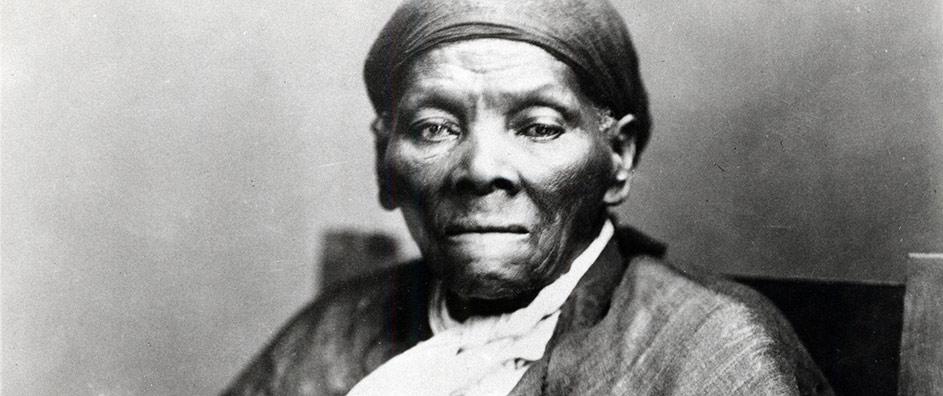In the rich tapestry of history, Harriet Tubman emerges not merely as a figure of liberation but as a veritable “Mighty Tree of Justice,” whose deep roots and expansive branches offer a compelling metaphor for the Bahá’í teachings on justice, equality, and perseverance. This metaphor captures the essence of her life’s work and aligns seamlessly with the Bahá’í principles that celebrate the innate dignity of every human soul.
At its core, the Bahá’í perspective on justice transcends mere legalistic interpretations. It embodies a holistic understanding that encompasses social, spiritual, and economic dimensions. Harriet Tubman’s life exemplifies this multifaceted nature of justice. Born into enslavement and faced with insurmountable odds, she emerged as a tireless abolitionist, heralding a movement towards emancipation that would ripple through the fabric of society.
Harriet Tubman’s journey, both metaphorical and literal, can be likened to the growth of an immense tree. Her commitment to freedom and equality formed the trunk of this mighty tree—robust and unwavering. As Tubman navigated the treacherous paths of the Underground Railroad, she did so with an unwavering sense of purpose, driven by the Bahá’í conviction that true justice necessitates sacrifice and action.
Each branch of this tree represents a different aspect of her legacy—education, empowerment, and advocacy. Tubman understood that freedom was not merely the absence of chains but the presence of opportunity. Just as a tree must sustain its leaves with sunlight and nourishment, so too must communities be fortified with knowledge and resources. The Bahá’í teachings emphasize the importance of education as a foundational pillar for social transformation. Tubman’s endeavors to uplift her community through education resonate deeply with the belief that enlightenment is a precursor to justice.
Moreover, Tubman’s relentless pursuit of freedom for others signifies the deep interconnectedness of humanity. Bahá’í teachings espouse the principle of oneness, urging individuals to acknowledge their shared existence. Tubman did not liberate herself alone; she returned countless times to guide others toward safety and freedom. Her courageous forays into danger were acts of profound selflessness, encapsulating the Bahá’í ideal that service to humanity is the loftiest form of worship.
As a tree weathers storms, Tubman faced formidable obstacles on her path, from bounty hunters to societal antagonism. Yet, she remained unfaltering in her commitment to justice. The resilience exhibited by Tubman mirrors the Bahá’í understanding that true justice often requires steadfastness in the face of adversity. Her ability to galvanize others into action speaks to the collective aspect of the Bahá’í teachings, which argue that societal progress is a collaborative endeavor.
Additionally, Tubman’s role in the women’s suffrage movement further emphasizes the Bahá’í principle of gender equality. The branches of her tree extend into the realm of women’s rights, a cause that remains vital in contemporary discussions on justice. She recognized that the liberation of one group is intrinsically linked to the liberation of all. This insight resonates with the Bahá’í belief that the advancement of civilization hinges upon the equality of men and women.
The imagery of a mighty tree is also reminiscent of the concept of hope—a critical tenet within Bahá’í philosophy. Just as a tree provides shelter, sustenance, and shade, Tubman became a beacon of hope for thousands. Her legacy instills a sense of hope in the face of despair, reminding future generations that change is possible through unwavering determination. Bahá’ís are encouraged to foster this hope by embodying kindness and striving toward justice in their daily lives.
Furthermore, Tubman’s spiritual conviction fueled her endeavors. Her strong faith served as both a compass and a source of strength, guiding her toward actions that would alter the course of history. The Bahá’í teachings emphasize the interconnection of faith and action, advocating that one must act upon their beliefs to manifest change in the world. Tubman lived this philosophy, demonstrating that a sincere belief in justice can propel individuals to extraordinary acts of courage.
Ultimately, Harriet Tubman, as the “Mighty Tree of Justice,” invites reflection on the nature of personal and collective responsibility. The capacity to effectuate change resides within each individual, budding from the fertile soil of empathy, understanding, and relentless commitment to justice. Her story beckons each person to partake in the nurturing of their own justice tree, ensuring that it flourishes for generations to come.
In conclusion, the life and legacy of Harriet Tubman illuminate the profound interconnectedness between her journey and the core tenets of Bahá’í teachings. Her embodiment of justice transcends mere historical acknowledgment; it serves as a guiding principle, urging current and future generations to strive for a world characterized by equality, hope, and unwavering justice. As the branches of her legacy stretch wide, they inspire a communal quest for dignity and respect for all humanity—a quest that remains as vital today as it was over a century ago.
